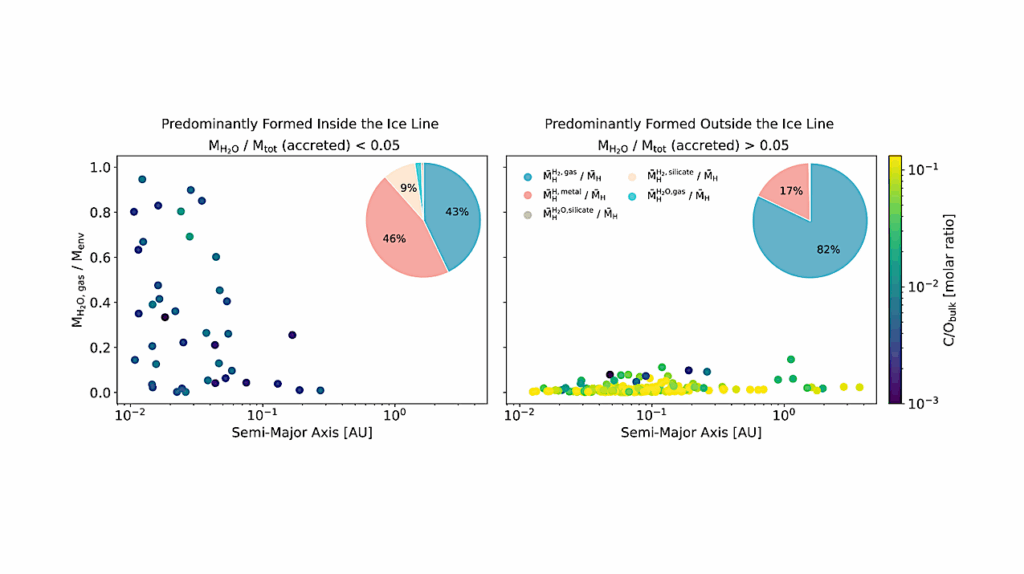The Search for Extraterrestrial Intelligence in Earth's Solar Transit Zone

Over the past few years, astronomers have detected thousands of planets and planet candidates by observing their periodic transits in front of their host stars.
A related transit method, called transit spectroscopy, might soon allow studies of the chemical imprints of life in extrasolar planetary atmospheres. We here address the reciprocal question, namely, from where is Earth detectable by extrasolar observers using similar methods. Thus, we explore the Earth’s transit zone (ETZ), the projection of a band around the Earth’s ecliptic onto the celestial plane, where observers can detect Earth transits across the Sun.
The ETZ is between 0.520∘ and 0.537∘ wide due to the non-circular Earth orbit. The restricted ETZ (rETZ), where the Earth transits the Sun less than 0.5 solar radii from its center, is about 0.262∘ wide. We compile a target list of 45 K and 37 G dwarf stars inside the rETZ and within 1 kiloparsec (about 3260 lightyears). We construct an analytic galactic disk model and find that about 105 K and G dwarf stars should reside within the rETZ. The ongoing GAIA space mission can potentially discover all G dwarfs among them (several 104) within the next five years.
Many more potentially habitable planets orbit dim, unknown M stars in the ETZ and other stars that traversed the ETZ thousands of years ago. If any of these planets host intelligent observers, they could have identified Earth as a habitable or even as a living world long ago and we could be receiving their broadcasts today. The K2 mission, the Allen Telescope Array, and the upcoming Square Kilometer Array might detect such deliberate extraterrestrial messages.
René Heller (1), Ralph E. Pudritz (2,3,4) ((1) Max Planck Institute for Solar System Research, Göttingen (GER), (2) Origins Institute, McMaster U, Hamilton ON (CAN), (3) Department of Physics & Astronomy, McMaster U, Hamilton ON (CAN), (4) Max Planck Institute for Astronomy, Heidelberg (GER))
(Submitted on 29 Feb 2016)
Comments: 3 colored figures, 1 Table, prior-to-review draft (3 Jun 2015) as per journal self-archiving policy, final author’s version will be posted in mid-Apr 2016, journal manuscript freely available 1 Mar – 1 Apr 2016: this http URL
Subjects: Earth and Planetary Astrophysics (astro-ph.EP); Solar and Stellar Astrophysics (astro-ph.SR)
Journal reference: Astrobiology, 2016, Volume 16, Issue 4
DOI: 10.1089/ast.2015.1358
Cite as: arXiv:1603.00776 [astro-ph.EP] (or arXiv:1603.00776v1 [astro-ph.EP] for this version)
Submission history
From: René Heller
[v1] Mon, 29 Feb 2016 21:34:59 GMT (1802kb)
http://arxiv.org/abs/1603.00776








